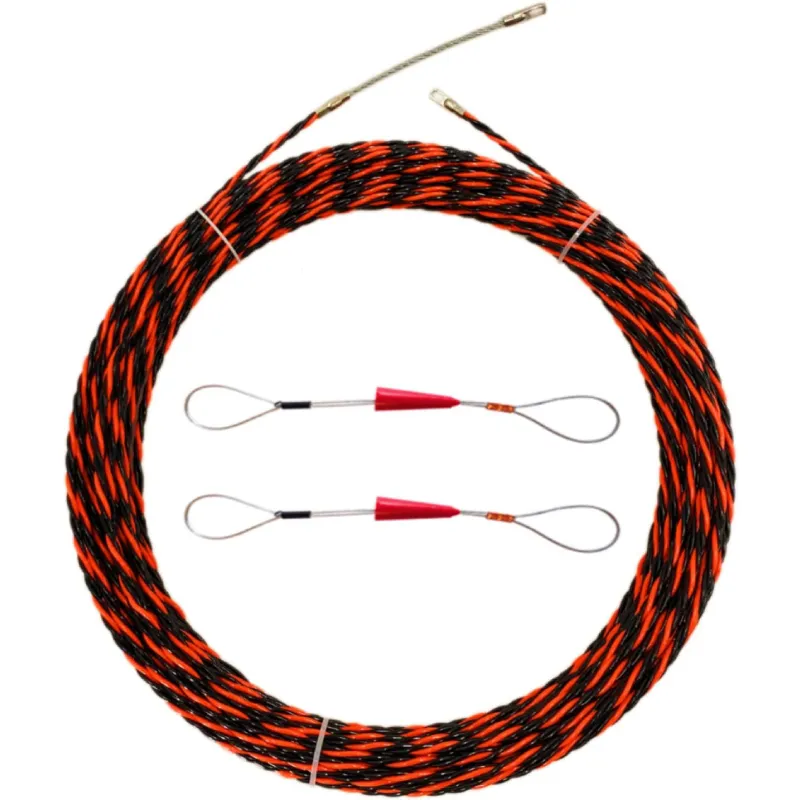
-
 Afrikaans
Afrikaans -
 Albanian
Albanian -
 Amharic
Amharic -
 Arabic
Arabic -
 Armenian
Armenian -
 Azerbaijani
Azerbaijani -
 Basque
Basque -
 Belarusian
Belarusian -
 Bengali
Bengali -
 Bosnian
Bosnian -
 Bulgarian
Bulgarian -
 Catalan
Catalan -
 Cebuano
Cebuano -
 Corsican
Corsican -
 Croatian
Croatian -
 Czech
Czech -
 Danish
Danish -
 Dutch
Dutch -
 English
English -
 Esperanto
Esperanto -
 Estonian
Estonian -
 Finnish
Finnish -
 French
French -
 Frisian
Frisian -
 Galician
Galician -
 Georgian
Georgian -
 German
German -
 Greek
Greek -
 Gujarati
Gujarati -
 Haitian Creole
Haitian Creole -
 hausa
hausa -
 hawaiian
hawaiian -
 Hebrew
Hebrew -
 Hindi
Hindi -
 Miao
Miao -
 Hungarian
Hungarian -
 Icelandic
Icelandic -
 igbo
igbo -
 Indonesian
Indonesian -
 irish
irish -
 Italian
Italian -
 Japanese
Japanese -
 Javanese
Javanese -
 Kannada
Kannada -
 kazakh
kazakh -
 Khmer
Khmer -
 Rwandese
Rwandese -
 Korean
Korean -
 Kurdish
Kurdish -
 Kyrgyz
Kyrgyz -
 Lao
Lao -
 Latin
Latin -
 Latvian
Latvian -
 Lithuanian
Lithuanian -
 Luxembourgish
Luxembourgish -
 Macedonian
Macedonian -
 Malgashi
Malgashi -
 Malay
Malay -
 Malayalam
Malayalam -
 Maltese
Maltese -
 Maori
Maori -
 Marathi
Marathi -
 Mongolian
Mongolian -
 Myanmar
Myanmar -
 Nepali
Nepali -
 Norwegian
Norwegian -
 Norwegian
Norwegian -
 Occitan
Occitan -
 Pashto
Pashto -
 Persian
Persian -
 Polish
Polish -
 Portuguese
Portuguese -
 Punjabi
Punjabi -
 Romanian
Romanian -
 Russian
Russian -
 Samoan
Samoan -
 Scottish Gaelic
Scottish Gaelic -
 Serbian
Serbian -
 Sesotho
Sesotho -
 Shona
Shona -
 Sindhi
Sindhi -
 Sinhala
Sinhala -
 Slovak
Slovak -
 Slovenian
Slovenian -
 Somali
Somali -
 Spanish
Spanish -
 Sundanese
Sundanese -
 Swahili
Swahili -
 Swedish
Swedish -
 Tagalog
Tagalog -
 Tajik
Tajik -
 Tamil
Tamil -
 Tatar
Tatar -
 Telugu
Telugu -
 Thai
Thai -
 Turkish
Turkish -
 Turkmen
Turkmen -
 Ukrainian
Ukrainian -
 Urdu
Urdu -
 Uighur
Uighur -
 Uzbek
Uzbek -
 Vietnamese
Vietnamese -
 Welsh
Welsh -
 Bantu
Bantu -
 Yiddish
Yiddish -
 Yoruba
Yoruba -
 Zulu
Zulu


sep . 03, 2024 12:01 Back to list
'chance link stick - measuring wheel'
Chance Link Stick Measuring Wheel in Action
In the world of engineering and construction, precision is paramount. One of the critical tools that professionals rely on to measure distances accurately is the measuring wheel, also known as a surveyor's wheel. However, the “chance link stick” concept opens up an intriguing discussion on how measurement tools can be enhanced for better accuracy and usability.
Chance Link Stick Measuring Wheel in Action
This is where the concept of a “chance link stick” comes into play. Imagine a scenario where a measuring wheel is combined with technology and innovation—perhaps a stick that can augment the wheel’s capabilities. This stick could provide additional functionality, like GPS integration to ensure real-time tracking of distances measured, or it could be equipped with sensors to detect different terrain types, improving the accuracy of readings.
'chance link stick - measuring wheel'

In many outdoor scenarios, measuring wheels can falter. Whether rolling over uneven ground, soft soil, or rocky terrains, variations in surface can lead to discrepancies in measurement. A chance link stick could serve multiple purposes in these situations. For instance, it could be designed to extend or retract based on the type of terrain, maintaining a consistent measuring angle and effectively minimizing errors caused by steep inclines or declines.
Moreover, this innovative tool could include a smart display interface that provides instant feedback. Data could be continuously synced to a mobile app where users can track measurements over time, add notes about particular sites, or even share measurements with team members instantly. Such features would not only streamline the work process but would also encourage collaboration, making it easier for teams to work together on large projects.
Another significant advantage of a chance link stick design is its potential for user-friendliness. Many people find measuring wheels cumbersome or awkward to handle, especially over long distances. An ergonomically designed, lightweight link stick could transform the user experience, making long projects less physically taxing. The incorporation of adjustable grips and a counterbalance system would allow users to maintain a proper posture, reducing the risk of strain or injury.
In conclusion, the integration of a chance link stick with modern measuring wheels symbolizes the future of distance measurement. Although measuring wheels have served their purpose well over the years, the incorporation of smart technology, ergonomic design, and user-friendly interfaces can enhance their functionality significantly. As professionals in construction and engineering continue to seek more effective tools, the concept of a chance link stick presents a promising avenue for innovation. With further development, such innovations could lead to more accurate, efficient, and enjoyable measuring experiences, ultimately benefiting projects across various sectors.
Latest news
What Are Construction Tools and How Are They Used?
NewsJul.11,2025
Professional-Grade Duct Rodding Tools for Superior Cable Installation
NewsJul.11,2025
Enhancing Safety and Efficiency with Modern Hot Stick Solutions
NewsJul.11,2025
Empowering Cable Installation with Advanced Rodder Solutions
NewsJul.11,2025
Elevate Your Cable Installation Projects with Cable Pulling Tools
NewsJul.11,2025
Efficient Cable Handling Solutions: Cable Rollers for Sale
NewsJul.11,2025











